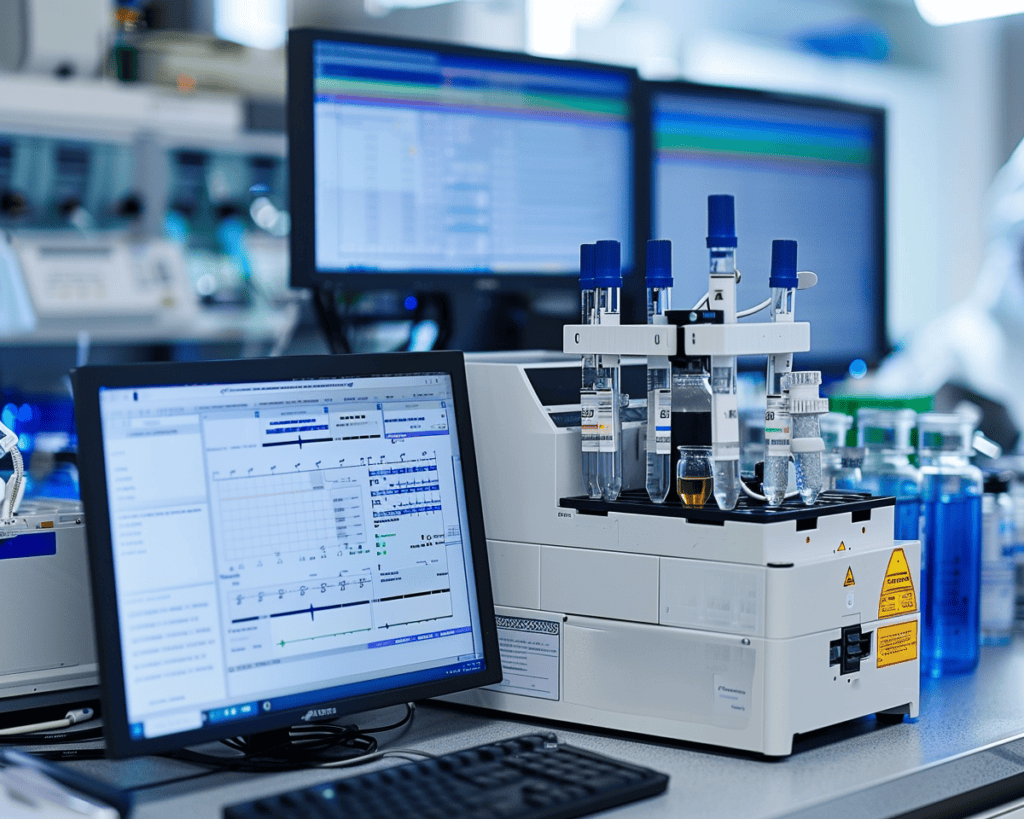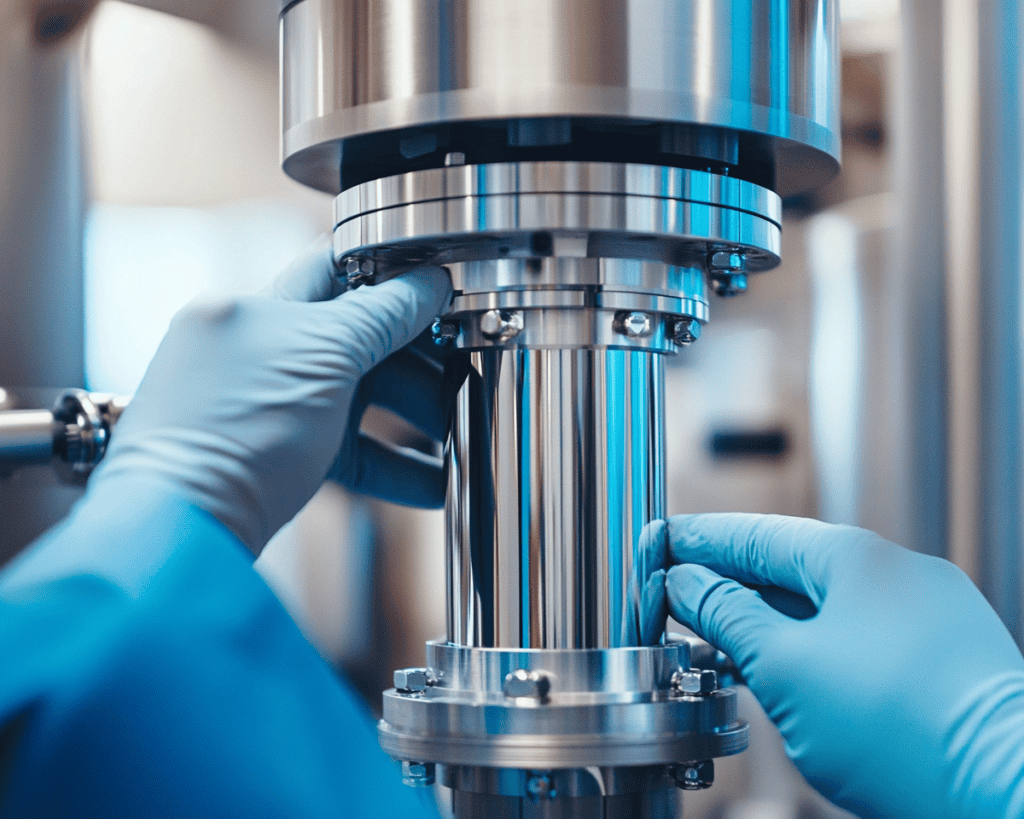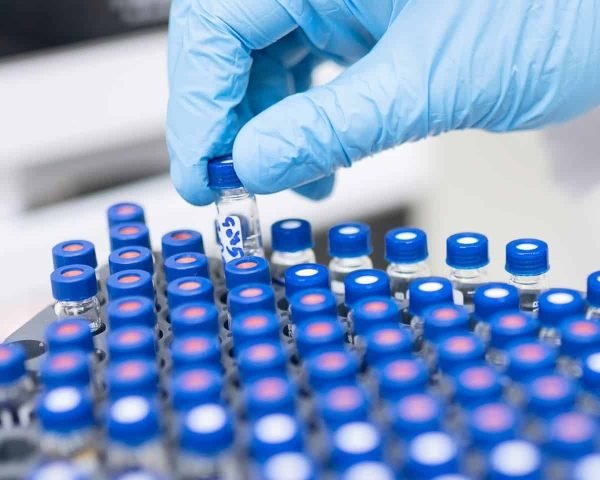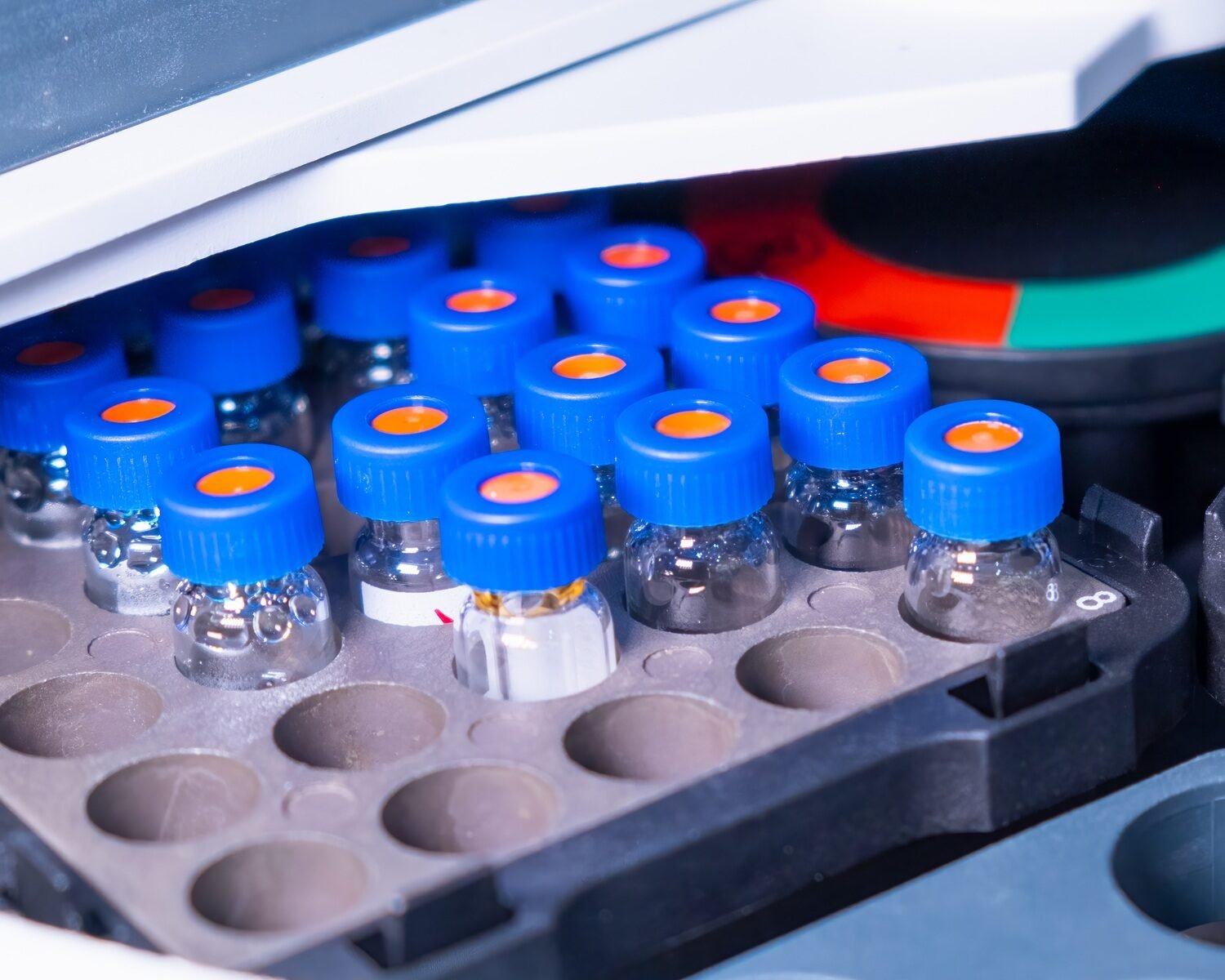If you’ve spent any time in a lab, you’ve likely encountered both liquid chromatography (LC) and gas chromatography (GC). They’re two of the most powerful tools for separating and analyzing compounds. But which one is more widely used? That’s a question I’ve heard many times from fellow lab mates and colleagues. The short answer is—it depends! Liquid chromatography is more versatile in some ways, while gas chromatography excels in others. So, let’s dive into their applications, compare their popularity, and figure out which one edges out the other. What do you think—do you find yourself using one more often than the other?
Understanding Liquid Chromatography (LC)
Liquid chromatography, particularly High-Performance Liquid Chromatography (HPLC), is a technique used to separate, identify, and quantify compounds in a mixture by using a liquid mobile phase. It’s widely used across various industries, especially when dealing with samples that are heat-sensitive or not volatile enough to be analyzed via gas chromatography.
Advantages of Liquid Chromatography
- Versatility: LC can handle a wide range of compounds, including large molecules like proteins and polymers, which is something gas chromatography struggles with. Because it doesn’t require the sample to be volatile, LC can analyze a broader spectrum of substances.
- Temperature Flexibility: Unlike GC, LC doesn’t require high temperatures to analyze samples. This makes it ideal for working with heat-sensitive substances, such as pharmaceutical compounds and biological samples.
- Widely Applicable: LC is commonly used in pharmaceutical research, biotechnology, and food safety testing. For example, HPLC is often the go-to for drug analysis and quality control in pharmaceutical labs (United States Pharmacopeia).


Limitations of Liquid Chromatography
- Slower Process: LC tends to be slower than GC, especially when analyzing complex mixtures. The process of passing the liquid mobile phase through the column can take time.
- Cost: The solvents and equipment required for HPLC can be expensive, especially when compared to gas chromatography.
Understanding Gas Chromatography (GC)
Gas chromatography is another powerful analytical technique, but it relies on a gas (usually helium or nitrogen) as the mobile phase. GC is often used for analyzing volatile organic compounds (VOCs), and it’s fast, accurate, and highly sensitive—ideal for small, volatile molecules.
Advantages of Gas Chromatography
- Speed: One of the biggest perks of GC is its speed. It’s often faster than LC, making it the preferred method when time is of the essence. For example, forensic labs frequently use GC for quick drug screenings or environmental toxin analyses.
- Sensitivity: GC can detect even trace amounts of compounds, making it invaluable in applications where high sensitivity is crucial, such as environmental testing or forensic analysis (EPA).
- Cost-Effective: GC typically requires fewer solvents, making it more cost-effective for routine analyses compared to LC.
Limitations of Gas Chromatography
- Limited to Volatile Samples: One major drawback is that GC can only analyze volatile compounds. Non-volatile substances either won’t vaporize or will degrade at the high temperatures required for the analysis. If your sample isn’t volatile, GC isn’t going to cut it.
- Temperature Sensitivity: The high temperatures used in GC make it unsuitable for heat-sensitive compounds, which limits its application for biological or pharmaceutical samples.


Which One Is More Widely Used?
So, now to the big question—which is more widely used, liquid chromatography or gas chromatography? The answer varies depending on the industry, but liquid chromatography (particularly HPLC) is often considered more versatile and, as a result, is more widely used across multiple sectors.
Liquid Chromatography’s Popularity in Key Industries
- Pharmaceuticals: LC, and more specifically HPLC, dominates in the pharmaceutical industry. Whether it’s for quality control or drug development, the ability to analyze a wide variety of compounds—especially heat-sensitive or non-volatile ones—gives LC the edge here. Regulatory bodies like the FDA and USP often require HPLC methods for drug testing and validation (FDA).
- Biotechnology: LC is a must in biotechnology for analyzing large biomolecules such as proteins and nucleotides. Its versatility in handling both small and large compounds makes it essential in biotech labs.
- Food Safety Testing: In food and beverage industries, LC is widely used to detect contaminants, additives, and natural compounds. For example, HPLC is used to measure levels of vitamins, preservatives, and even pesticides in food (Food and Drug Administration).
Gas Chromatography’s Niche Applications
While LC might be more broadly used, gas chromatography holds a strong position in industries where volatile compounds are the primary concern.
- Environmental Testing: GC is the go-to for analyzing environmental pollutants, such as volatile organic compounds (VOCs), pesticides, and even greenhouse gases (EPA). Its ability to rapidly process samples and detect trace amounts of chemicals makes it invaluable in this field.
- Forensics: In forensic science, GC is commonly used for toxicology reports, identifying drugs, and analyzing other volatile substances at crime scenes. It’s fast, efficient, and precise, which is why forensic labs favor it.
- Petrochemicals: In the petrochemical industry, GC is frequently used to analyze the components of crude oil and other fuels. It’s the ideal method for separating and identifying hydrocarbons in complex mixtures (Petro Industry News).
Conclusion: So, Which Should You Choose?
Both liquid chromatography and gas chromatography have their strengths and weaknesses, and the choice between them often depends on what you’re analyzing. In terms of sheer versatility and wide applicability, liquid chromatography—particularly HPLC—takes the crown as the more widely used technique. It’s the go-to method in industries like pharmaceuticals, biotechnology, and food safety.
However, gas chromatography is still the top choice in specific niches, especially where volatile compounds are involved. So, what do I think? If you’re working with non-volatile, heat-sensitive samples, LC is the way to go. But if speed and sensitivity for volatile compounds are more critical, GC should be your tool of choice. What do you think—have you found yourself relying on one more than the other in your work?
Sources:










